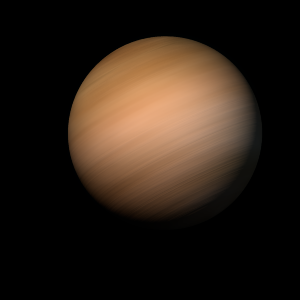|
|
Space Astro
|
Info for exoplanet "Biryumi-jina"
| Scientific (actual) data |
|---|
| Name | TOI-1420 b |
| Planet status | Confirmed |
| Planet mass | 0.079 |
| Radius | 1.0608 |
| Orbital period | 6.95611 |
| Semi major axis | 0.071 |
| Orbit eccentricity | 0.17 |
| Inclination | 88.58 |
| Discovered | 2023 |
| Updated | 2023-09-19 |
| Omega | 195 |
| Tzero tr | 2459520 |
| Impact parameter | 0.412 |
| K | 8.5 |
| Temperature (kelvin) | 957 |
| Publication | Published in a refereed paper |
| Detection type | Primary Transit |
| Mass measurement type | Radial Velocity |
| Radius measurement type | Primary Transit |
| Star name | TOI-1420 |
| Right ascension | 322.94° |
| Declination | 66.35° |
| Mag v | 12 |
| Star distance | 201.84 |
| Star metallicity | 0.29 |
| Star mass | 0.987 |
| Star radius | 0.923 |
| Star age | 10.7 |
| Star temperature | 5493 |
| Wikipedia article | TOI-1420 b |
Back
| |
| Fictional info (?) |
|---|
| Suggested name | Biryumi-jina |
| Planet type | Small hot gas planet |
| The neon has probably photodissociated, and the free krypton has been swept into interplanetary space by the solar wind because of the lack of a planetary magnetic field. |
| Atmosphere | Krypton | 59% |
| Hydrogen chloride | 26% |
| Neon | 14% |
| Carbonyl sulfide | 0.21% |
| Carbon dioxide | 0.016% |
| Formaldehyde | 0.00016% |
| Atmospheric pressure | 0.007 bar |
 |
| No known satellites |
| Google search for Biryumi-jina |
|
Website by Joachim Michaelis
|
|
|
|